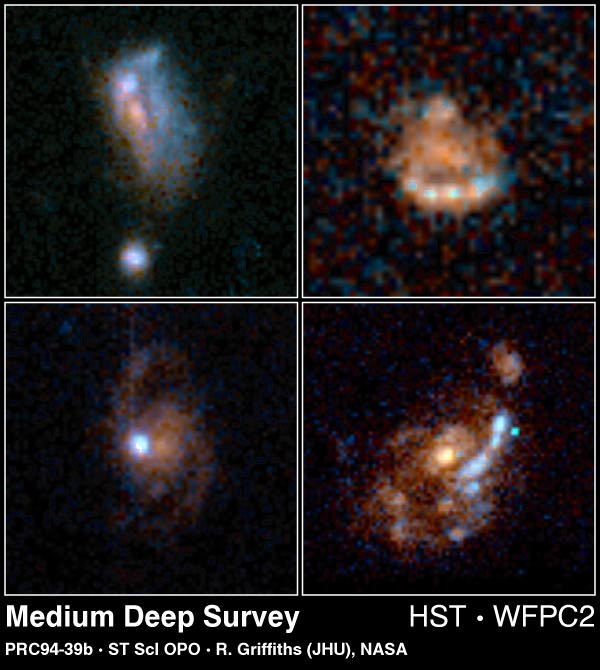
Astronomers have recently witnessed something remarkable: a black hole devouring a star far from its expected vicinity. This phenomenon, labeled AT 2024tvd, took place 2,600 light-years away from its galaxy’s nucleus, generating unprecedented radio signals that changed faster than any previously documented. Typically, such tidal disruption events (TDEs) happen near galactic centers, but this irregularity questions current understandings of black hole locations and behaviors.
Dr. Itai Sfaradi from the University of California, Berkeley, who is heading the research, described the event as “truly extraordinary.” The radio emissions from the incident, tracked by a network of telescopes, revealed two significant flares appearing months apart, with intensities fluctuating at record rates. These findings indicate the quickest TDE evolution ever recorded. The following analysis suggested that the material expelled by the black hole did not occur immediately following the disruption but was delayed, indicating a complicated interaction or changing environment.
Oddly positioned away from its galaxy’s center, the black hole raises questions regarding its origins, possibly alluding to a past galactic merger or displacement. With a mass estimated between 100,000 and 10 million solar masses, it might signify a rare intermediate-mass black hole. AT 2024tvd is one of the first off-nuclear TDEs to display intense radio emissions.
Prof. Assaf Horesh highlighted the vital importance of high-frequency radio tracking in unveiling the swift transformations characterizing this event. Researchers are contemplating whether the radio flares originated from a spherical outflow or a side-facing relativistic jet. The emission might also suggest an alignment of the black hole’s spin axis with its debris disk. The sharp gas density gradient identified around the black hole indicates a distinct evolutionary backdrop.
The relationship between the black hole’s position and its radio activity remains ambiguous. Future observations aim to enhance comprehension, potentially clarifying if these emissions derive from a jet or a slower outflow. For the moment, the team continues to examine AT 2024tvd for additional revelations.
[Read more in The Astrophysical Journal Letters](https://doi.org/10.3847/2041-8213/ae0a26).